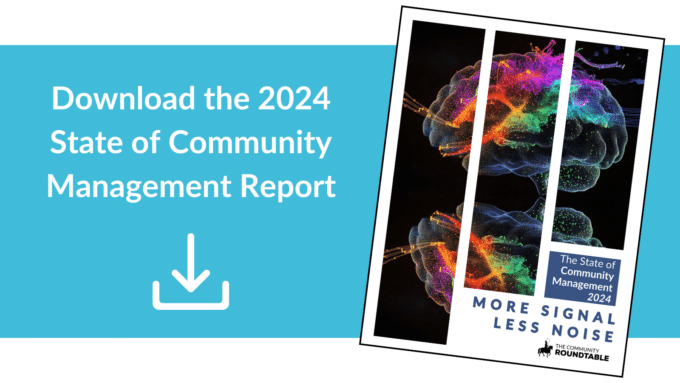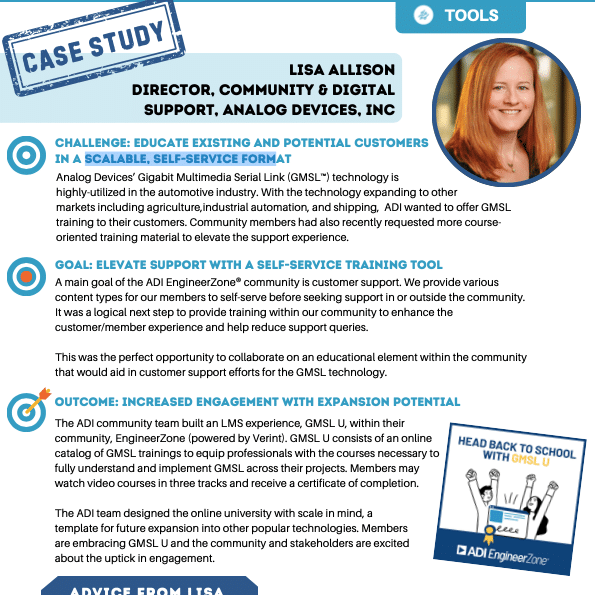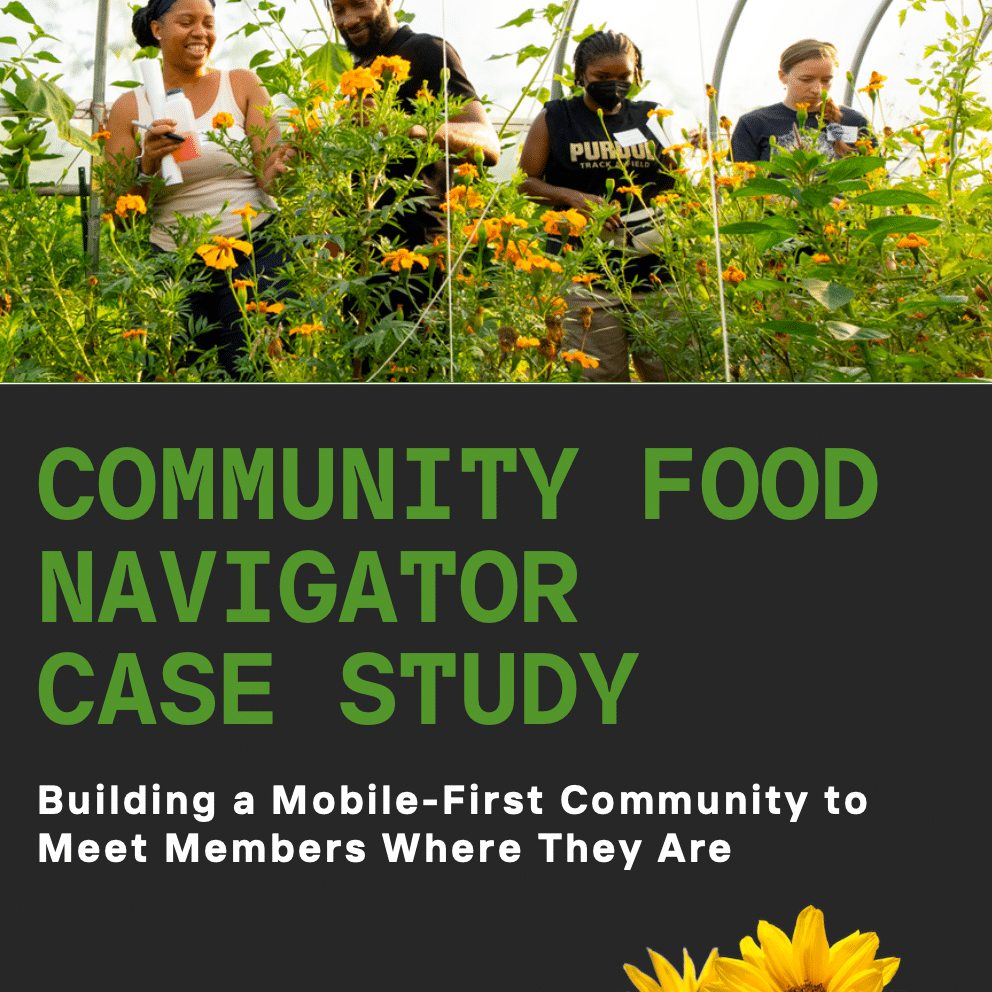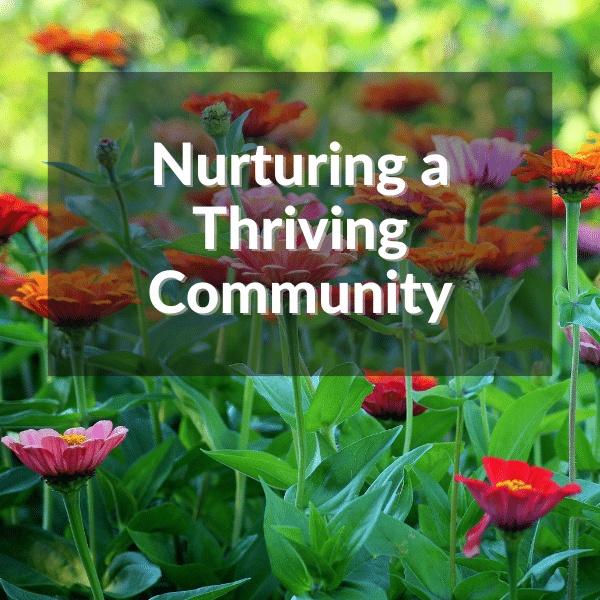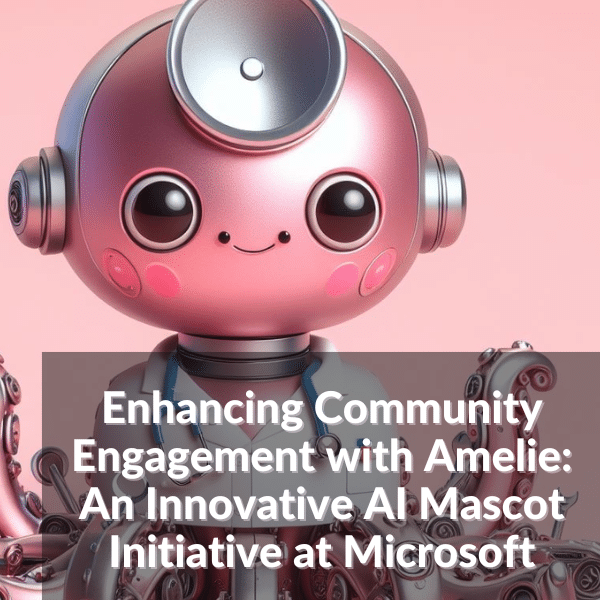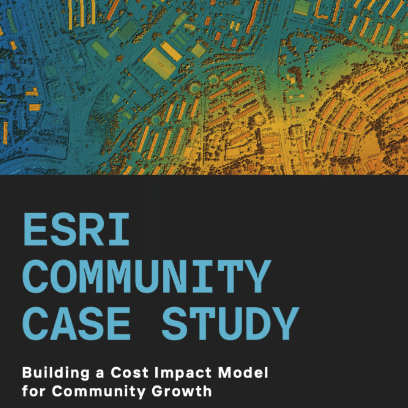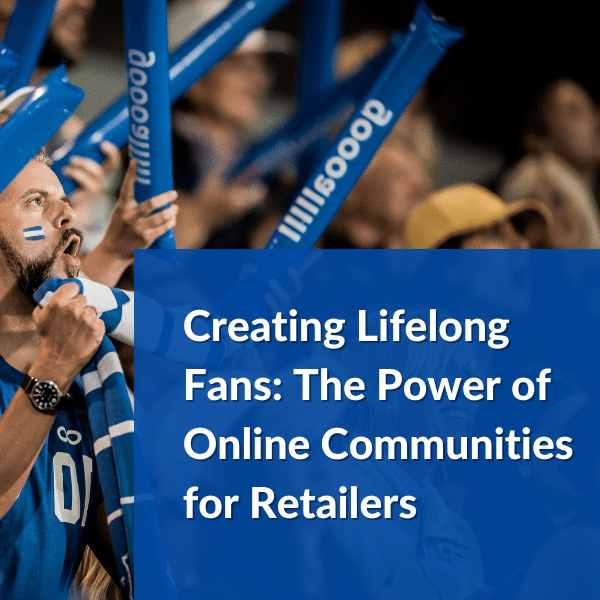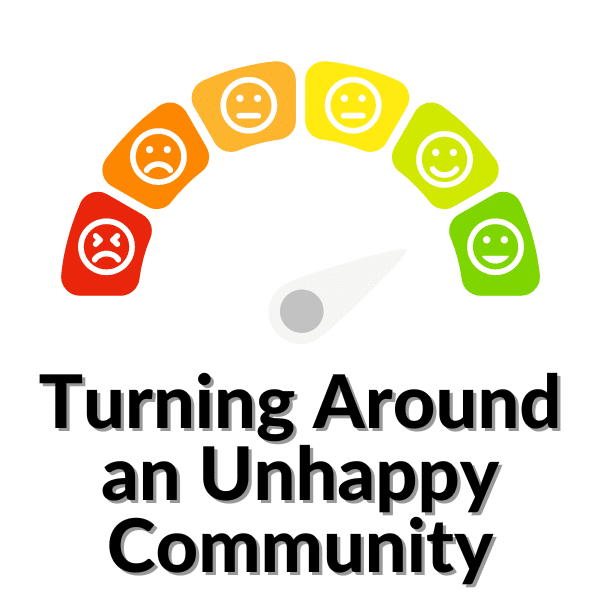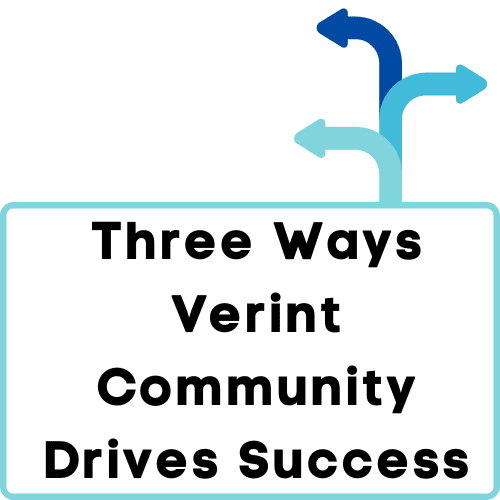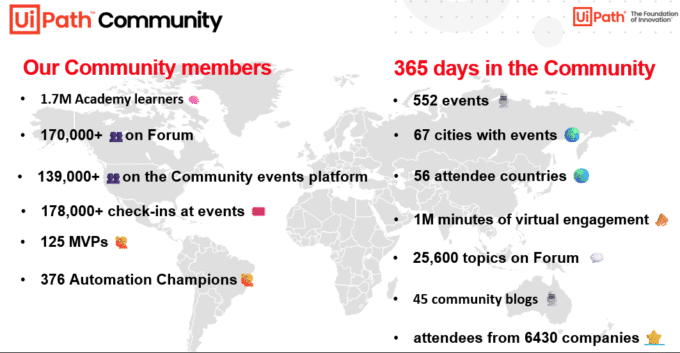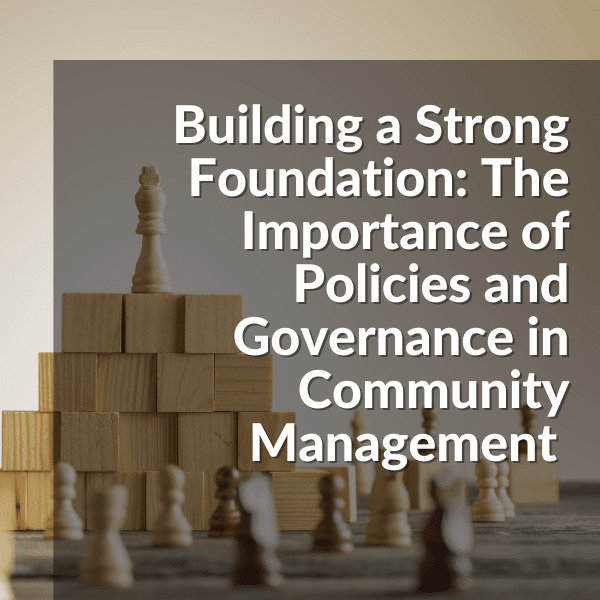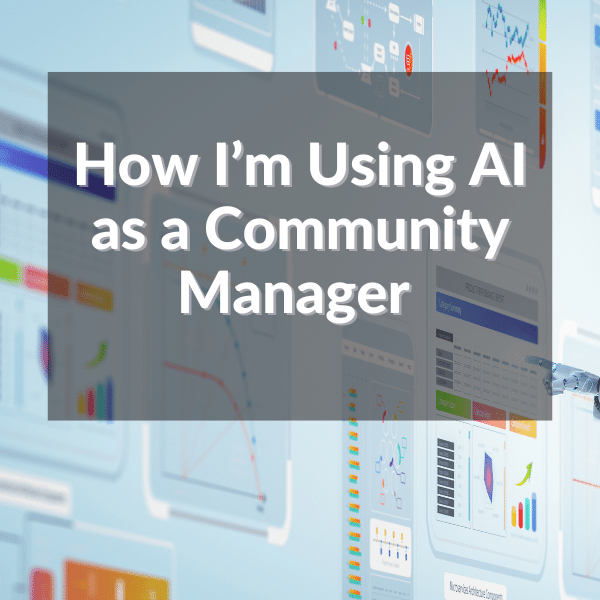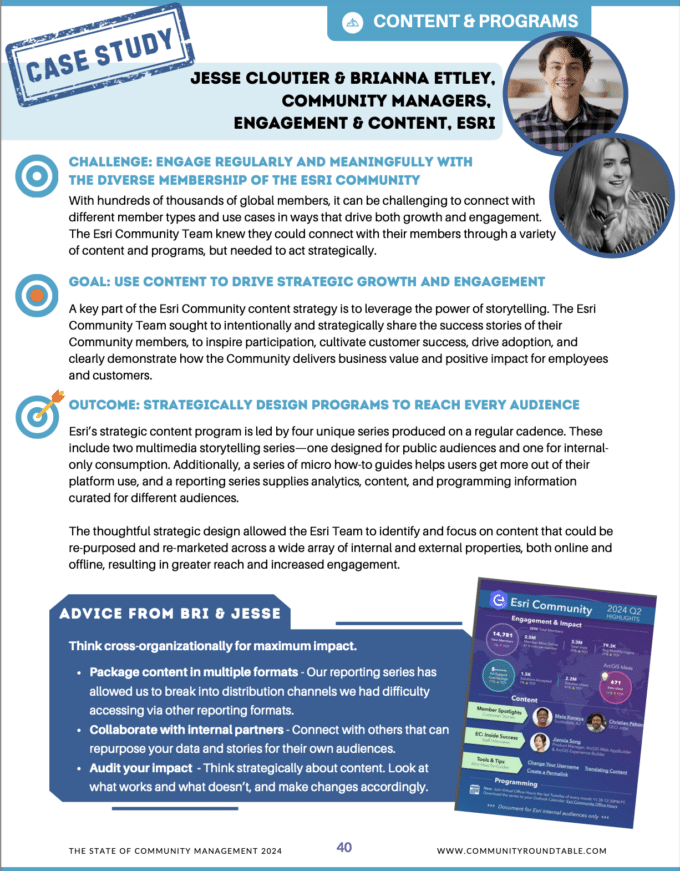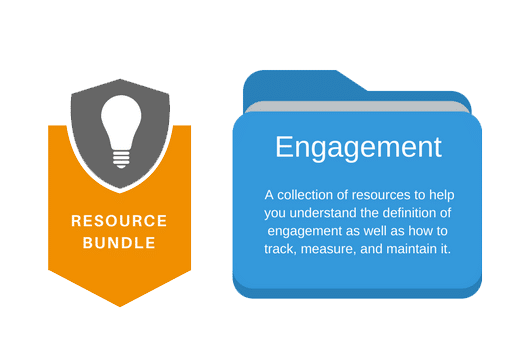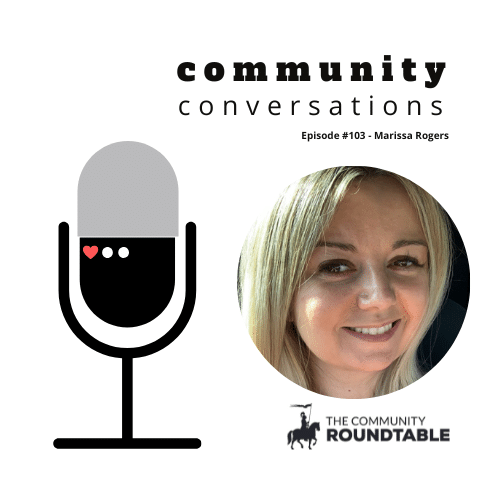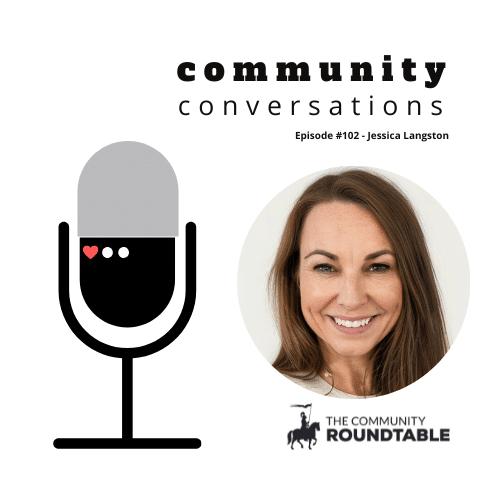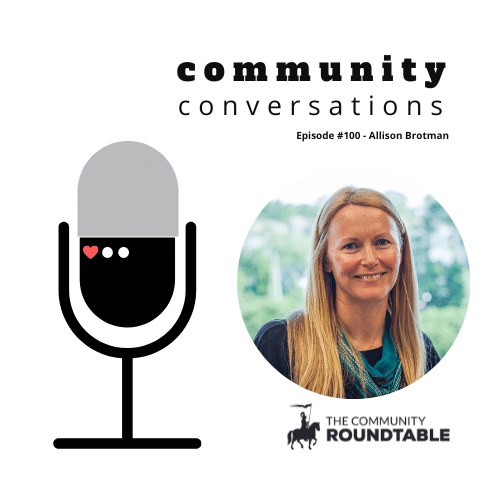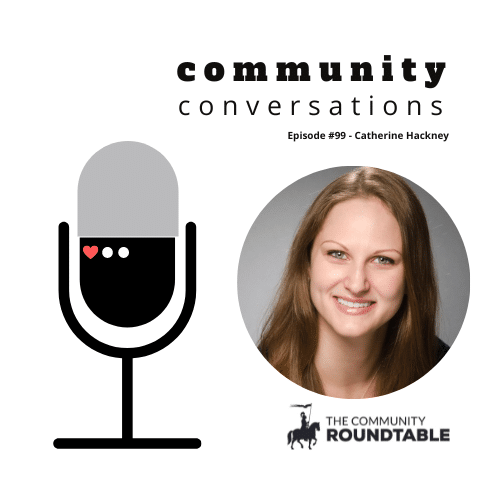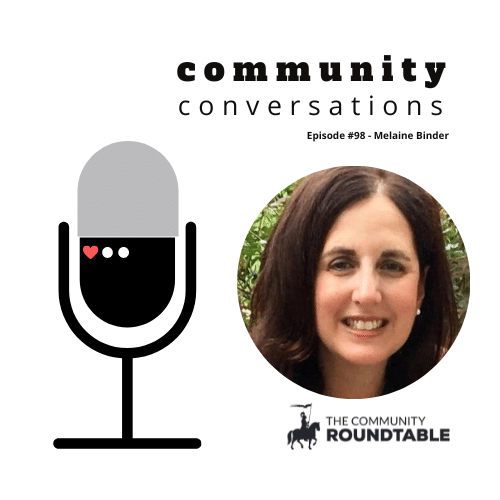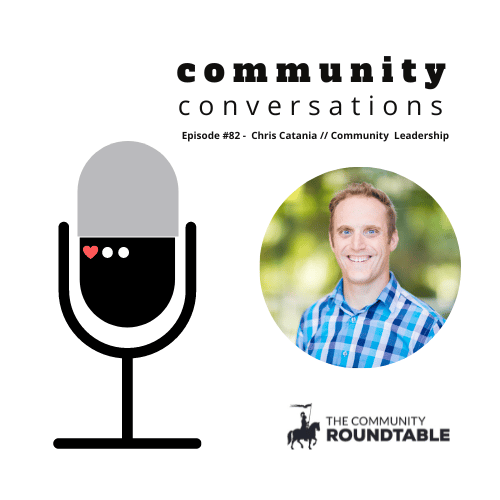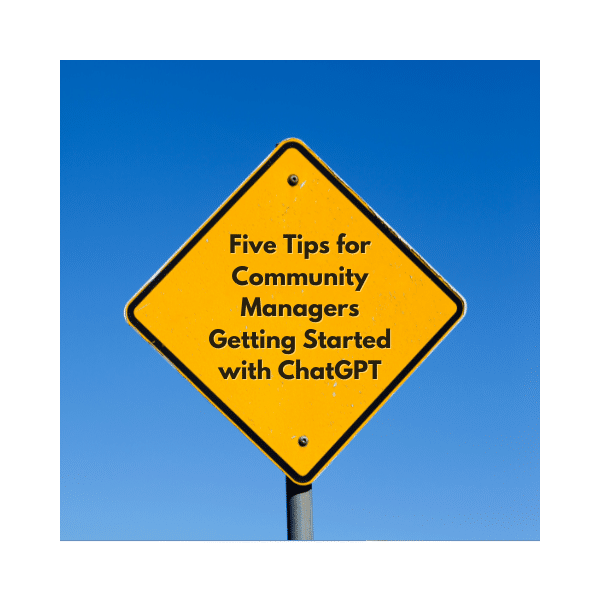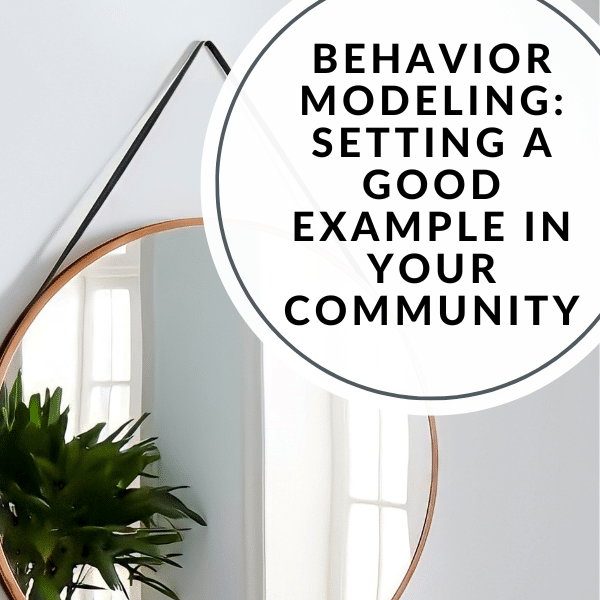Like a garden, an online community program needs to be cared for at every stage in its lifecycle.
We’ve compiled eight timely recommendations for online community builders, organized around the eight competencies of the Community Maturity Model™. (Spoiler alert – there are 16 more recommendations in the 2024 State of Community management report!)
Strategy Recommendation
The Strategy competency of the Community Maturity Model™ serves as a framework to
measure how well a business’s strategic objectives align with its community program. By evaluating this connection, organizations can ensure their community initiatives are seamlessly embedded into their broader strategy, driving meaningful impact for both the community efforts and the business operations they support.
Mind the gap(s). Check your strategy for gaps and align with business outcomes. Community strategies should include budget requirements, ROI projections, and diagrammed workflows and behaviors. Align your community program with your organization’s larger goals and strategic initiatives. These elements will help the community secure more resources like headcount, and funding.
Leadership Recommendation
The Leadership competency of the Community Maturity Model™ encompasses active executive involvement in community initiatives, the emergence of new community leaders, and a comprehensive understanding of the wider organizational ecosystem.
Leadership development programs— often referred to as advocacy, MVP, champion, or super user initiatives— are crucial for cultivating thriving communities. These programs enhance engagement, facilitate value measurement, and strengthen executive participation.
The time to get started is right now. If you’re part of the “no community leadership program exists” cohort, just get started. Start small with a limited group of internal stakeholders or vocal customers and build from there. The program you start with doesn’t have to look anything like what you eventually want for your program – but if you have a community, you already have community leaders waiting to be noticed.
Culture Recommendations
The Community Maturity Model’s™ Culture competency encompasses the diverse habits, motivators (both intrinsic and extrinsic), social norms, communication styles, decision-making processes, development methods, and learning approaches within an organization or community. By identifying and addressing cultural challenges while being open to change, organizations can effectively mitigate risks and successfully implement their community programs.
Lean into your culture. Not every organization’s culture is tailor made for community approaches, but most will support your work if you tie it to business outcomes. Find the pockets of enthusiasts and help them scale their work with community and you’ll be on your way to long term success.
Community Management Recommendations
The Community Maturity Model’s™ Community Management competency is a comprehensive discipline essential for the productivity and success of communities. Despite their diverse backgrounds, individual methods, and unique organizations, community managers have a shared objective: to create vibrant and engaged communities where members can learn from one another and collaborate on ideas, challenges, and issues. As specialists in their field, community managers have the skills and expertise needed to build and sustain these communities, fostering a culture of growth and innovation.
Define clear roles. Establishing well-defined roles and responsibilities for community team members ensures clarity, accountability, and a more strategic approach. Work with HR to formalize these roles and align them with organizational structures.
Content and Programs Recommendation
The Community Maturity Model’s™ Content & Programs competency focuses on two fundamental pillars of a successful community program: content and programs. These elements are crucial for attracting and retaining members. High-quality content is vital for generating interest and engagement, while programs help build connections and strengthen relationships among members. Together, they form the driving force that keeps a community vibrant and thriving.
Prioritize Onboarding Excellence. Ensure a seamless and engaging onboarding experience for new members. Provide clear guidance, resources, and opportunities for connection to foster early engagement and retention.
Policies and Governance Recommendation
The Community Maturity Model’s™ Policies and Governance competency examines the key elements that support the stability and long-term success of a community. While content and programs are critical to the success of a community, policies and governance serve as the framework that ensures operations remain within ethical and legal boundaries.
Embrace Decentralized Enablement. If a centralized COE model isn’t feasible or suitable for your organization, focus on equipping teams across different departments with the resources and knowledge to support community-related initiatives.
Tools Recommendation
The Community Maturity Model’s™ Tools competency focuses on the technology required to build engaged online communities. It also considers how the technical architecture is designed and how/if it’s integrated into other enterprise systems. These tools offer considerable efficiencies and leverage, but also require significant investments, including as an initial investment and ongoing maintenance and/or enhancements. For a more comprehensive overview of our approach to community tools, please refer to the Community Technology Framework™.
Focus on Optimization. Rather than seeking a new platform, prioritize optimizing your existing platform to meet your community’s specific needs. Conduct a thorough assessment of your community’s goals, user feedback, and platform capabilities to identify areas for improvement.
Metrics and Measurement Recommendation
The Community Maturity Model’s™ Metrics & Measurement competency helps organizations understand the purpose and outcomes of their community strategies. Community teams collect, analyze, and report data enabling a clear view of development. As the program matures, metrics shift from activity-based to performance- and behavior- based, offering deeper insights into the community’s impact on business processes. Organizations can then assess their initiatives more effectively, driving informed decisions and enhanced results.
Expand Reporting Scope. Distribute community reports to a wider range of stakeholders to increase organizational awareness and demonstrate the value of community initiatives. Tailor reports to specific audience’s needs to ensure relevance and impact.
Get 16 more ideas you can implement now in your online community program in the 2024 State of Community management report
